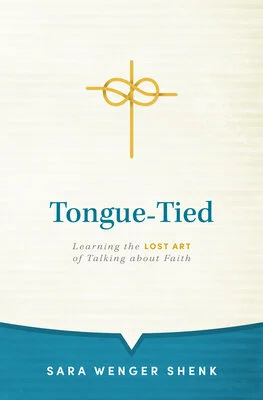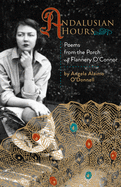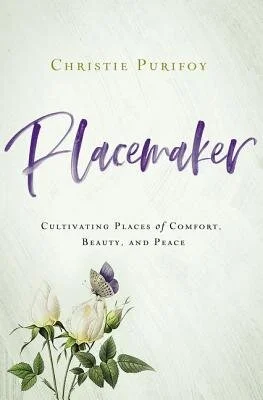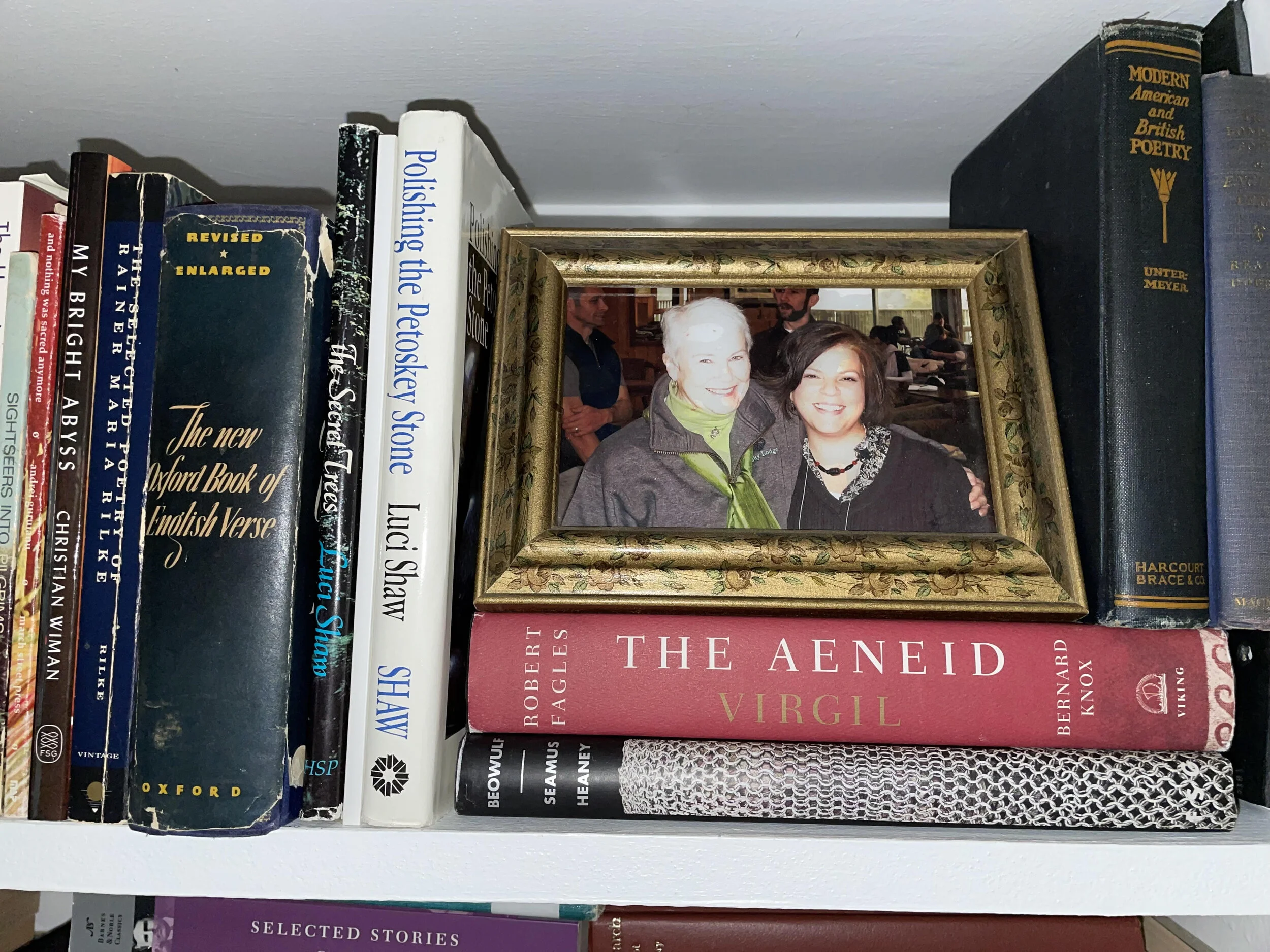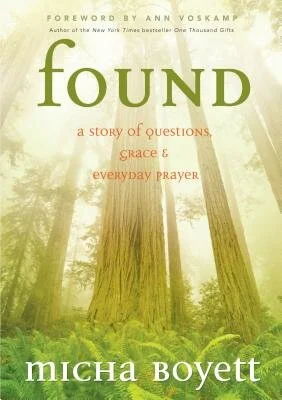A Review of Mending the Divides: Creative Love in a Conflicted World Jon Huckins and Jer Swigart
A Review of
Tongue-Tied: Learning the Lost Art of Talking about Faith
Sara Wenger Shenk
Paperback: Herald Press, 2021
Bookshop | Amazon | Hearts & Minds Booksellers
Reviewed by Tamara Hill Murphy for Englewood Review of Books, September 2018: https://englewoodreview.org/huckins-swigart-mending-the-divides-feature-review/
Approximately a dozen years ago, my husband and I attended a conference which featured, among several stellar speakers, Eugene Peterson. We were young, newly entrenched in church ministry, and looking for some answers to our big questions. While Peterson gave his talk with his signature warmth and wisdom, it was the post-talk Q & A session that has stuck with us all these years. I don’t quite remember what the questioner asked, but it’s safe to assume it was similar to the kind of internal big questions my husband and I carried into the conference. The question hung in the air, the room of several hundred people silent, pens poised over notebooks to capture the insight of a seasoned minister. The silence lasted a moment or two as Peterson shifted in his chair, looking off toward the ceiling, and finally intoned: “I’m wary of big ideas.”
Our lesson from Eugene Peterson came to my mind several times as I made my way through Mending the Divides: Creative Love in a Conflicted World by John Huckins and Jer Swigart. The book, released in fall 2017, made a small splash in year-end lists, including Christianity Today’s 2018 Book of the Year Award of Merit for the category of Mission/The Global Church. While the authors live and work in the context of some very big ideas – including their collaborative effort, The Global Immersion Project – they also encourage the reader to embrace peacemaking in the daily conflicts of our everyday lives. Influenced by the wisdom of a wary Eugene Peterson at a critical place in my own journey, this inclusion of interpersonal work alongside international conflict made a big idea scalable.
Swigart and Huckins are most compelling in their story-telling. The breadth of illustrations they share from their own peacemaking experiences in places like their San Diego-area neighborhood, across the border in Tijuana, and in the earthquake shattered mountain villages of Pakistan invite the reader to imagine the work of making peace within every community and conflict. The authors also excel in retelling biblical accounts and parables. From a beautiful retelling of the people and events leading to the Abrahamic covenant in Genesis to the teaching of Jesus throughout the Gospels, the writers paint for us the image of God as the maker, giver, and essence of peace (in Hebrew, shalom). With gentle, persuasive encouragement, readers of Mending the Divides will begin to understand God is peace in much the same way we’ve heard – if not understood – God is love.
After a careful study of Genesis and beyond, we find the definition of peace that has been eluding us. Rather than the absence of conflict and presence of justice, peace is the abundance of wholeness, completeness, and fullness that emerges on the other side of holistically repaired, formerly severed relationships. (33)
At times I found myself wishing for more description of peacemaking and less prosaic prescription for those of us who may have been raised in paralyzed pews of evangelicalism. Still, there were several insights that make Mending the Divides an important contribution to the conversation of what it means to live as Christians in a conflicted world. I appreciated the four movements of peacemaking unpacked within the book: See, Immerse, Contend, and Restore. In particular, I was grateful for a better understanding in the role that justice-seeking plays within the larger realm of peacemaking. This distinction seems important, as the authors make the point as a disclaimer for those expecting the book to fit within the “justice genre”.
…we want to be up front about the fact that we see a distinction between peacemaking and justice. We see justice as a critical and non-negotiable element of peacemaking that has to be pursued if we are to embrace a holistic understanding of God’s work in the world and our central part in participating in God’s mission of peacemaking.
This call for peacemaking to be understood as a key element to the church’s missional work is, perhaps, the book’s most important contribution to the larger conversation:
Justice-seeking is something all Christians are called to do and a key component of peacemaking, but the two aren’t synonymous. Peacemaking is a formational journey of discipleship with a tangible set of practices that are continually adjusting our posture according to the cross and aligning us with the mission of God. (116)
Another important insight for today’s global, national, and interpersonal tension is the suggestion of a third way to conflict between historic church postures of either just war or pacifism. If I could clip only one excerpt from the book it might be this idea that, perhaps, Christians are not called to campaigns of war or campaigns of peace, but to be “conscientious objectors to all campaigns”. Drawing on the teaching of their mentor and Baptist theologian Glen Stassen, the authors make the case for “just peacemaking” as an alternative practice to the potentials and pitfalls of both war and pacifism. In this way, contending for peace in the places and relationships where shalom is shattered embodies the teaching of Christ in the Sermon on the Mount.
Lastly, another uniquely hopeful contribution to the conversation of our missional call was the authors’ emphasis on our personal call to restoration in each of our roles and relationships. Drawing on the example of Jesus’s response to those gathered to throw stones at the woman they’d trapped in adultery, Swigert and Huckins invite us to examine our own shattered relationships between God, others, and ourselves.
Here lies an essential peacemaking principle: rather than focusing on the restoration we want to see in others, we must demand our own ongoing restoration. (149)
To write a book that demonstrates both the church’s historical call to seek the peace in our communities and a persuasive pathway that turns toward the conflicts of our homes, communities, and world requires a certain balance of grace and truth. For the most part, Swigart and Huckins balance that tension with clarity, encouragement, and, most compelling, the powerful persuasion of a story well-told.
Bonus Feature
Did you know you can find all the book reviews I’ve published here: Book Reviews
